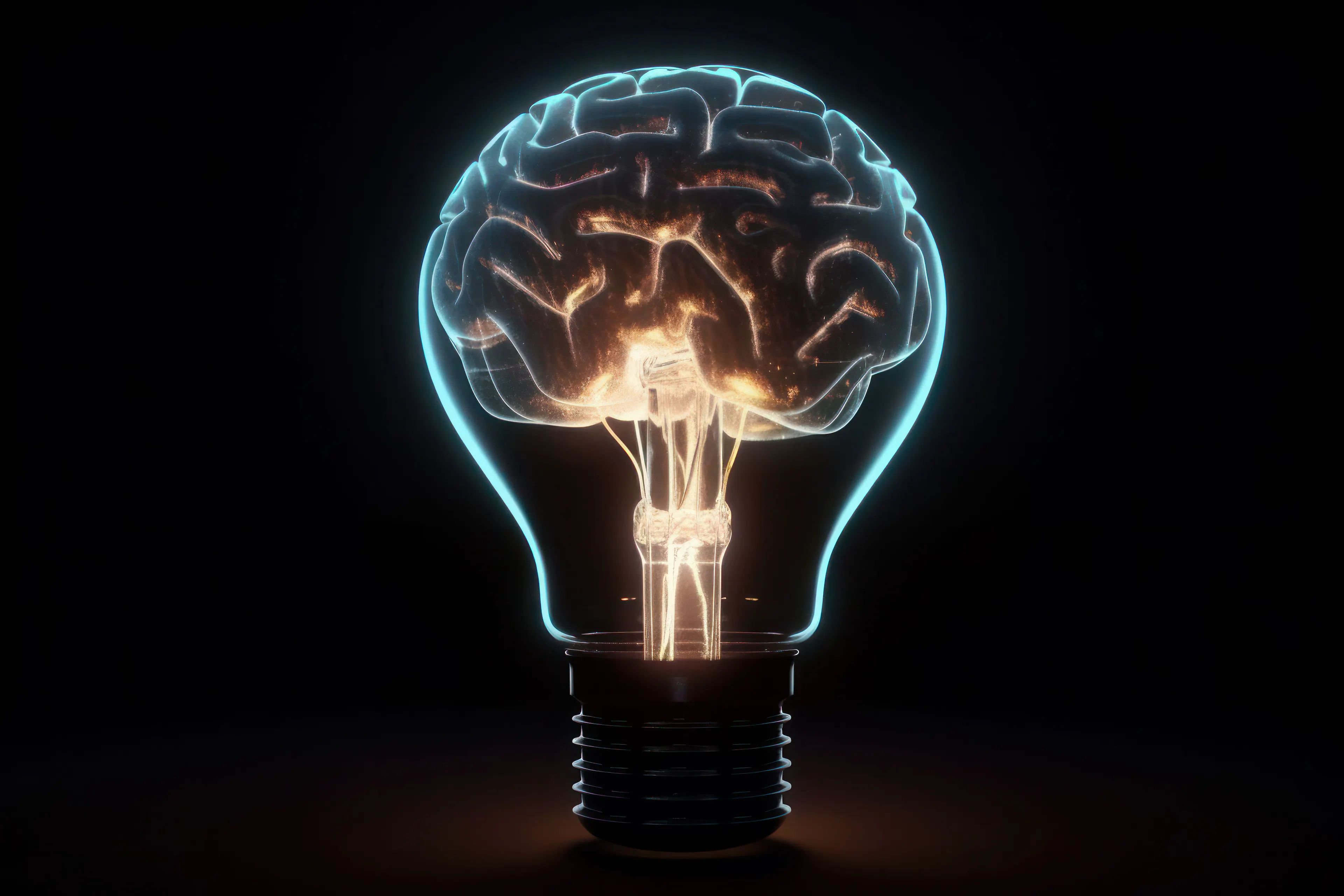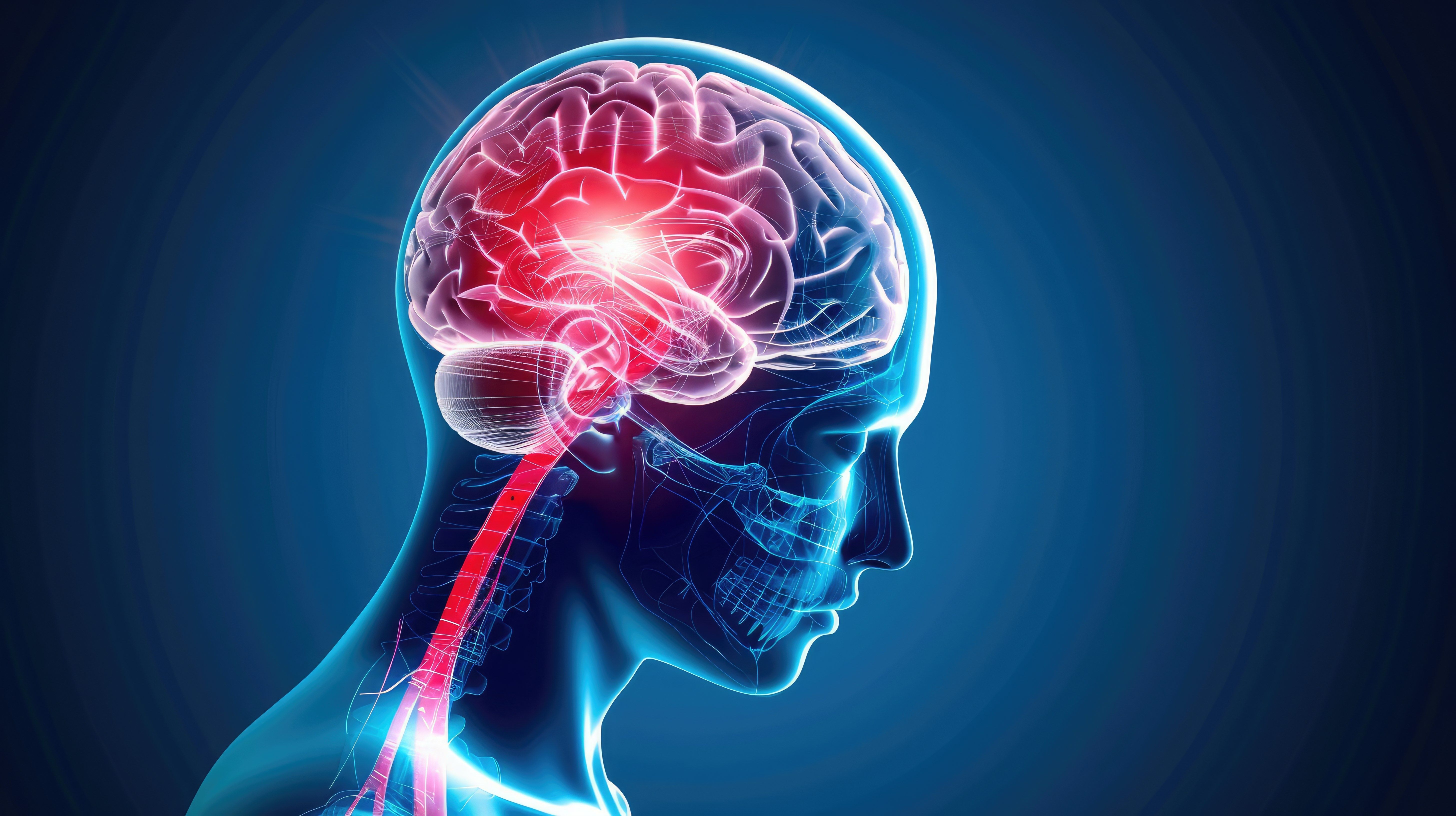News
Article
The Week in Review: October 23-27
Author(s):
From deep brain stimulation for treatment-resistant schizophrenia to a look at the potential trajectory of artificial intelligence in psychiatry and medicine, here are highlights from the week in Psychiatric Times.
ronstik_AdobeStock

This week, Psychiatric Times® discussed a wide variety of psychiatric issues and industry updates, from deep brain stimulation for treatment-resistant schizophrenia to a look at the potential trajectory of artificial intelligence in psychiatry and medicine. Here are some highlights from the week.
How Can You Learn and Benefit From the Field of Emergency Psychiatry?
sudok1/AdobeStock

“In my time working in the world of emergency psychiatry, I have been very, very impressed by how it has evolved and expanded to really help with a great deal of patient care, outpatient, inpatient, and every single thing that kind of happens in between,” shared Tony Thrasher, DO, DFAPA, at the 2023 Annual Psychiatric Times™ World CME Conference, who gave an overview of the initial approach to emergency psychiatry, including psychiatric ethics, skills needed, and legal considerations. “I always remind people, it is a great honor and a great stressor to be working with people on their worst days.”
“One of my favorite things about emergency psychiatry, is we sit at the intersection with our colleagues and emergency medicine. And there's a lot of crossover and synergy between those particular scopes, including that of our more community colleagues in emergency medical services,” said Thrasher, who is immediate past president of the American Association for Emergency Psychiatry, and medical director of crisis services of Milwaukee County. Continue Reading
The Psychological Impact of the Hamas Attack in Israel
Bits_and_Splits_AdobeStock

On October 7, Hamas launched a massive attack on southern Israel. The attack started in the early morning with the shooting of thousands of rockets into Israel and was followed by a triple attack by land, air, and sea, with terrorists attacking military installations and more than 20 Jewish settlements. They brutally murdered civilians, including babies, individuals with disabilities, and older adults; they raped women; they burned people alive; and they mutilated bodies.
The death toll among Israelis has exceeded 1300, including more than 120 soldiers. More than 200 Israeli hostages were also abducted into the Gaza Strip. Due to the large number of terrorists, it took hours before they were stopped by the Israeli military. Continue Reading
Chatbots: The Stethoscope for the 21st Century
ipopba_AdobeStock

The rapid integration of technology into health care often triggers a complex interplay between tradition and innovation. Controversies surrounding the clinical use of chatbots like ChatGPT, Bing AI, and Bard are but the latest example in this ongoing tension. Placing current debates within historical context can help us better understand the potential trajectory of artificial intelligence (AI) in psychiatry and medicine.
The Stethoscope: A Pioneering Tale
The stethoscope was invented by the French physician René Laennec in 1816, and its acceptance was far from immediate. Here are some reasons for this resistance:
- Traditional technique preference: Many physicians were accustomed to the practice of immediate auscultation, where they would place their ear directly on the patient's chest to listen to the heart. This method was deeply ingrained in medical practice, and there was resistance to change. Continue Reading
Treatment-Resistant Schizophrenia: Can DBS Be the Solution?
sorapop/AdobeStock

Deep brain stimulation (DBS) is a neurosurgical procedure that has been increasingly recognized as a potential treatment for various neurological and psychiatric disorders, including schizophrenia. DBS involves the delivery of electrical pulses to specific brain regions via surgically implanted electrodes, aiming to modulate neural circuits and alleviate symptoms.
The concept of DBS dates back to the early 20th century, but it was not until the late 1980s that it became a viable treatment option for movement disorders such as Parkinson disease. Over the years, the application of DBS has expanded to include psychiatric conditions, including obsessive compulsive disorder (OCD) and major depressive disorder (MDD). The FDA approved the use of DBS for OCD in 2009, marking a significant milestone in the field of neuropsychiatry. Continue Reading
See more recent coverage from Psychiatric Times here. And be sure to stay up-to-date by subscribing to the Psychiatric Times E-newsletter.
Do you have a comment on any of these or other articles? Have a good idea for an article and want to write? Interested in sharing your perspectives? Write to us at PTeditor@mmhgroup.com.





